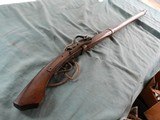 |
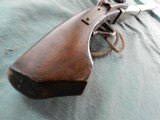 |
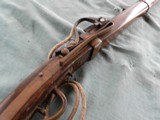 |
 |
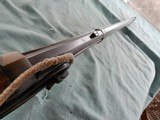 |
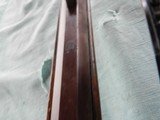 |
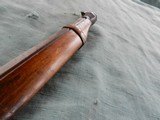 |
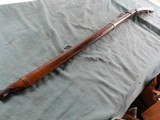 |
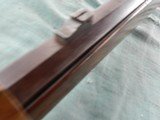 |
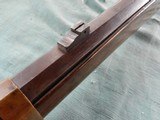 |
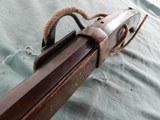 |
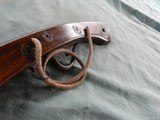 |
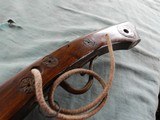 |

JAPANESE TANEGASHIMA MATCHLOCK MUSKET
Guns International #: 102188450 Seller's Inventory #: JAPANESE TANEGASHIMA MATCHLOCK MUSKET
Category: Antique Rifles - Matchlock - Antique Rifles - Flintlock
Seller's Information
When emailing or calling sellers direct, please mention that you saw their listing on GunsInternational.com
Seller: HOME TOWN GUNS
Company: HOME TOWN GUNS
Member Since: 3/28/07
State: Connecticut
Country: United States
Phone: (860) 658-2843
Platinum Seller
Number of Active Listings: 323
Seller: Private Seller
Return Policy: 3 day inspection and return policy on used guns.
3 days
Payment Types Accepted: MONEY ORDERS
Description:
Very ornate example featuring 33” tapering octagonal barrel of approximately .40+ caliber
with cannon muzzle; and two bands forward of the breech. Fixed front blade sight and fixed heavy rear notch sight. Brass snap matchlock mechanism with pivoting brass pan cover;with a silver circle inserts. Fired in the recent past with fire rope applied, with a brass serpentine cock. Beautiful straight fruitwood full stock inlaid enfraved brass,circles..Very good condition, i consisder this fine gun a later made form.One split forward of the rear band, but stable and not hanging loose.Maers mark on top of the breech found.
This type of gun was often referred to as Tanegashima, after the island where a Chinese
junk with Portuguese adventurers on board was driven to anchor by a storm in 1543. The
local lord purchased two matchlocks from the Portuguese, and then had his swordsmith
copy the weapon. Making some parts proved problematic, so a Portuguese blacksmith was
brought over to assist and the guns were completed with much success.
These were also often called “hinawaju” in Japanese, meaning “matchlock gun”. They
were used by the samurai class and their foot soldiers (ashigaru). Though slow to load and
fire, within a few years the introduction of the Tanegashima in battle changed the way war
was fought in Japan forever.
Subsequently, Japan returned to being essentially a closed society, essentially blocking
contact with the outside world. Due to this, the use of the Tanegashima continued until the
1870s and early 1880s. With the coming of the MEIJI era in 1868, this saw the beginning
of the modernization of Japan. However the old Shogun War Lords, wishing to maintain
the old ways, rebelled in the Satsuma Rebellion of 1878.
SOLD
Antique: Yes